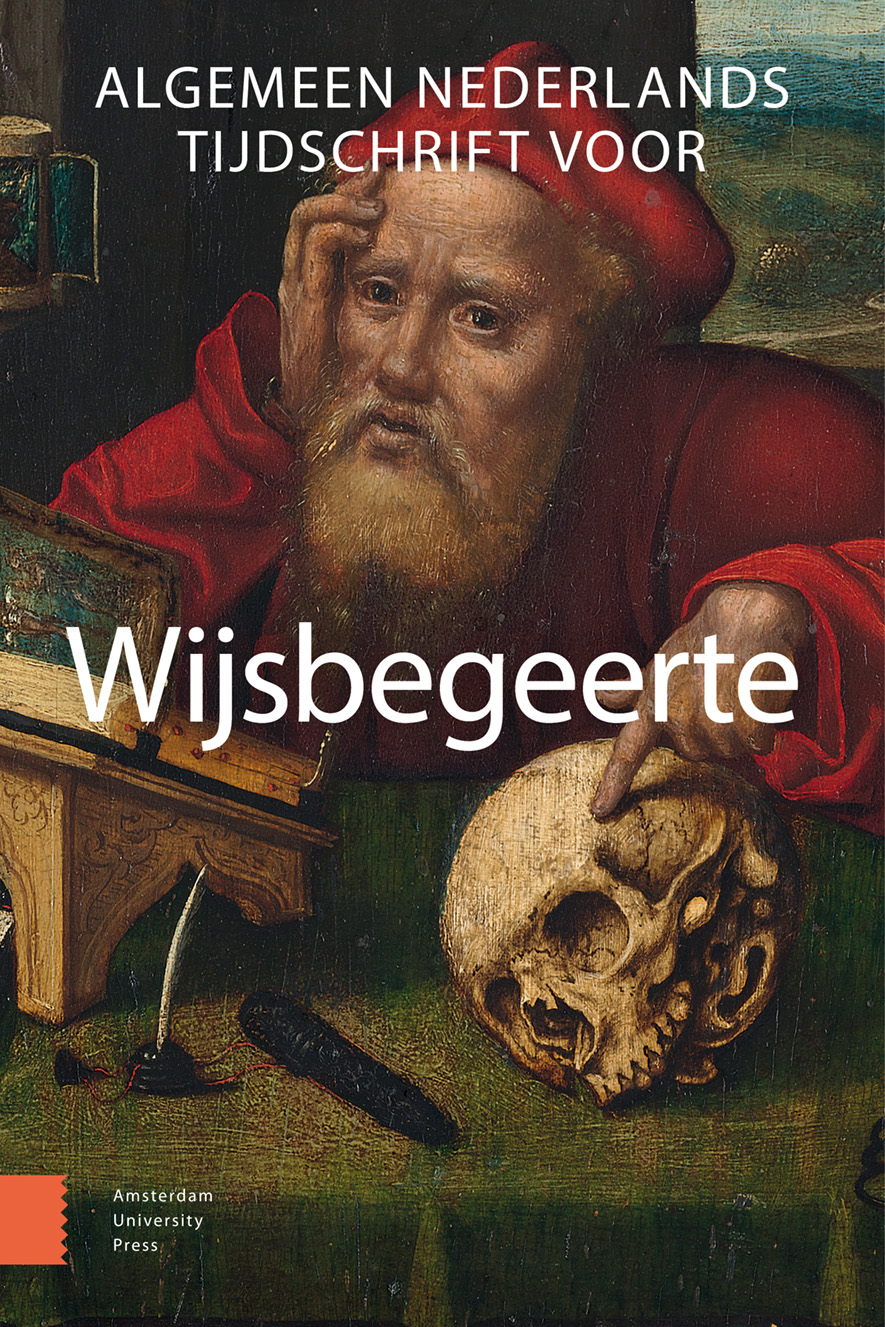- Home
- A-Z Publications
- Algemeen Nederlands Tijdschrift voor Wijsbegeerte
- Previous Issues
- Volume 105, Issue 1, 2013
Algemeen Nederlands Tijdschrift voor Wijsbegeerte - Volume 105, Issue 1, 2013
Volume 105, Issue 1, 2013
-
-
Oneindige regressieargumenten
More LessAuthor: Jan Willem WielandInfinite regress arguments show up in many philosophical debates. But what actually is a regress argument? This article reviews two theories: the Paradox Theory and the Failure Theory. According to the Paradox Theory, regress arguments can be used to refute an existentially or universally quantified statement (e.g. to refute the statement that at least one discussion is settled, or the statement that discussions are settled only if there is an agreed-upon criterion to settle them). According to the Failure Theory, regress arguments can be used to demonstrate that a certain solution fails to solve an existentially or universally quantified problem (e.g. to demonstrate that a certain solution fails to settle all discussions, or that it fails to settle even one discussion). In the literature, the Paradox Theory is fairly well-developed, and this article shows that the Failure Theory can be supplied with similar tools.
-
-
-
Gemeenschap ten tijde van globalisering - Nancy, Cavell en de sociale gesitueerdheid van subjectiviteit
More LessAuthor: Chantal BaxThis article describes my VENI project on the reconceptualization of community. It argues that the idea of a socially situated subject has not become obsolete in times of globalization, but that a rethinking of the concept of community is now required: how to account for the simultaneous transience and persistence of belonging? It then explains that by staging a conversation between Jean-Luc Nancy and Stanley Cavell, an account can be developed that meets both criteria for thinking community today.
-
-
-
Dood op bestelling in het zicht van Alzheimer
More LessAuthor: Patrick DelaereThe moral authority of advance directives as a vehicle of precedent autonomy is highly problematic in cases of severe dementia of the Alzheimer’s type. It is unclear how personal values and interests can be enforced by means of such an advance directive; at the stage of severe dementia the distal binding powers of precedent autonomy have expired; and the moral costs of removing another human being from life are very high. It transpires that in fine drawing up an advance directive in the face of Alzheimer is an inappropriate method of orchestrating one’s future care and death. This leaves persons diagnosed with Alzheimer’s disease with two morally preferable alternatives. One is that they accept that, when severe dementia is setting in, autonomy is not an issue; others decide. The second is that they commit pre-emptive suicide after Alzheimer’s disease is diagnosed.
-
-
-
De ambivalente verbeeldingskracht
More LessAuthor: Sander W. de BoerRené Descartes, among others, tried to downplay the role of the human imagination by identifying man’s true inner nature with our rational thinking self, a view that according to many became central to the modern self-understanding. In the wake of the 20th-century critiques of this Cartesian view of man, imagination is finally making its comeback. What is often overlooked, however, is that for a long time imagination was deemed vitally important. This project takes a close look at philosophical theories of the imagination in a crucial, but neglected, period in which it was still considered by many, for better or worse, to belong to human nature no less than reason (1350–1600).
-
-
-
Wachten op beeld - De tragische retorica van Iconische foto’s
More LessAuthor: Rob van GerwenIconic photographs are visual arguments depicting an, often dramatic, particular situation showing victims of disasters. Spectators watching the photo of the particular situation, empathise with it, and project the feelings evoked onto the events that form the context for the scene in the picture. This mobilises them into political action. In the process, however, the depicted personal misery is perused to exemplify the larger events. The tragedy of iconic photographs is analysed not as the misery experienced by the depicted persons, but as the breach of their right to shame which is required for the photo to acquire iconicity. Examples are addressed, as well as the contrast classes of the self-portrait and Byzantine icons.
-
Most Read This Month

Most Cited Most Cited RSS feed
-
-
Philosophy and Wisdom
Author: Peter Jonkers
-
-
-
A praise of pain
Author: Giulia Sissa
-
- More Less

